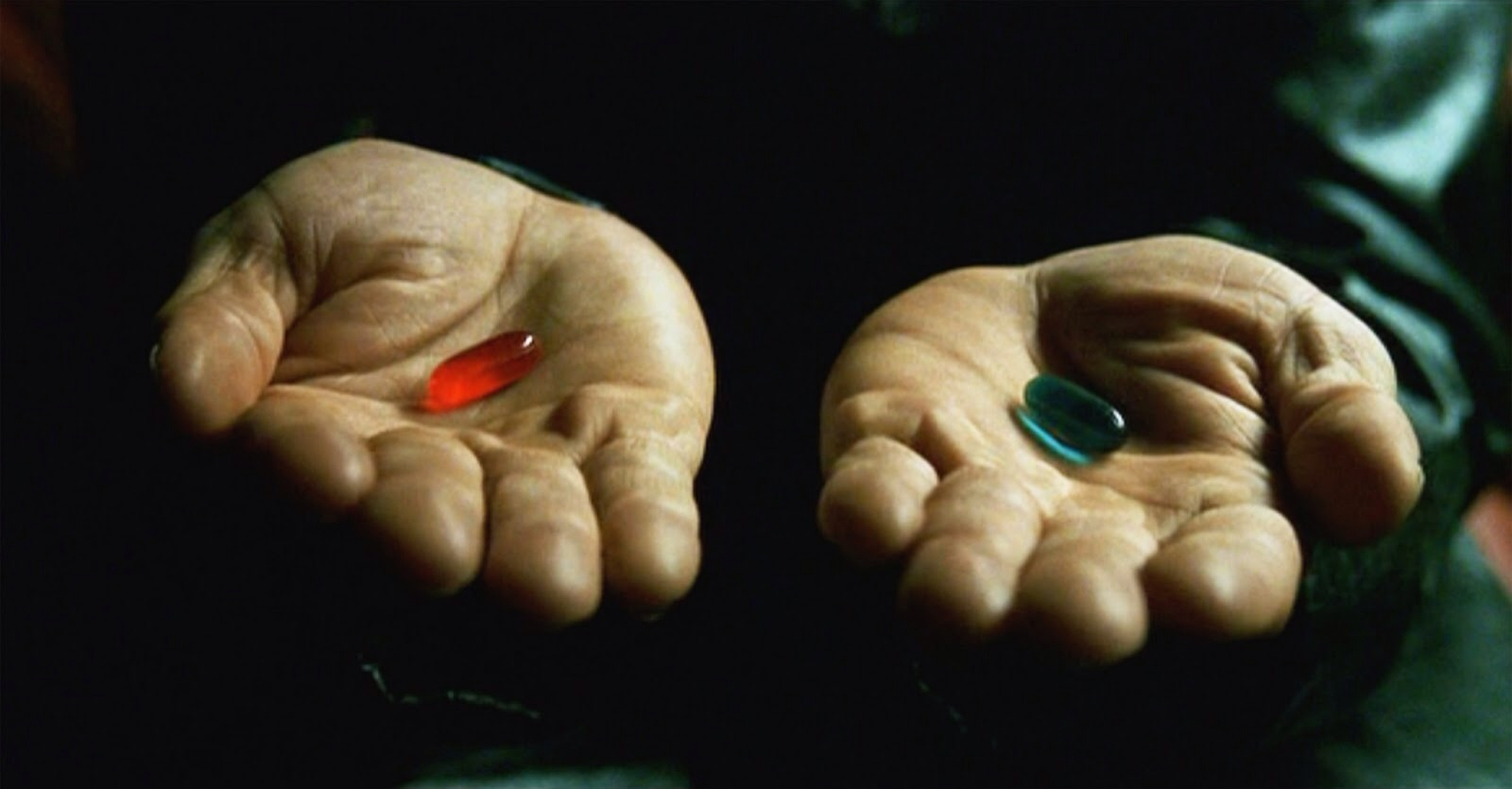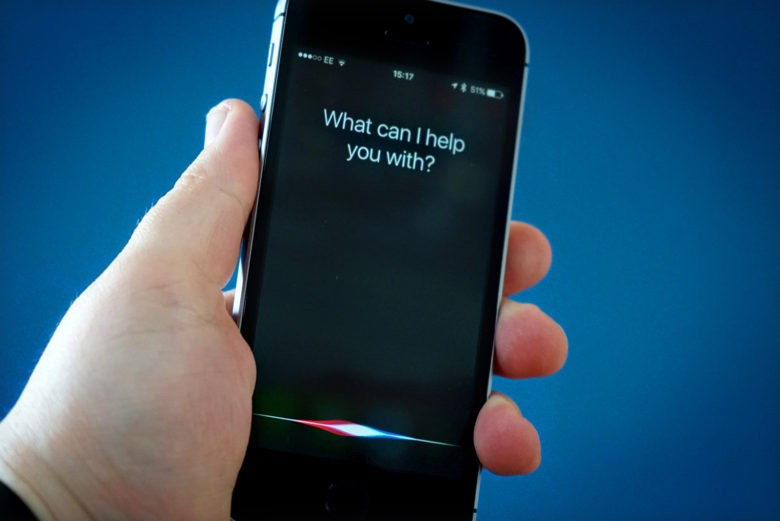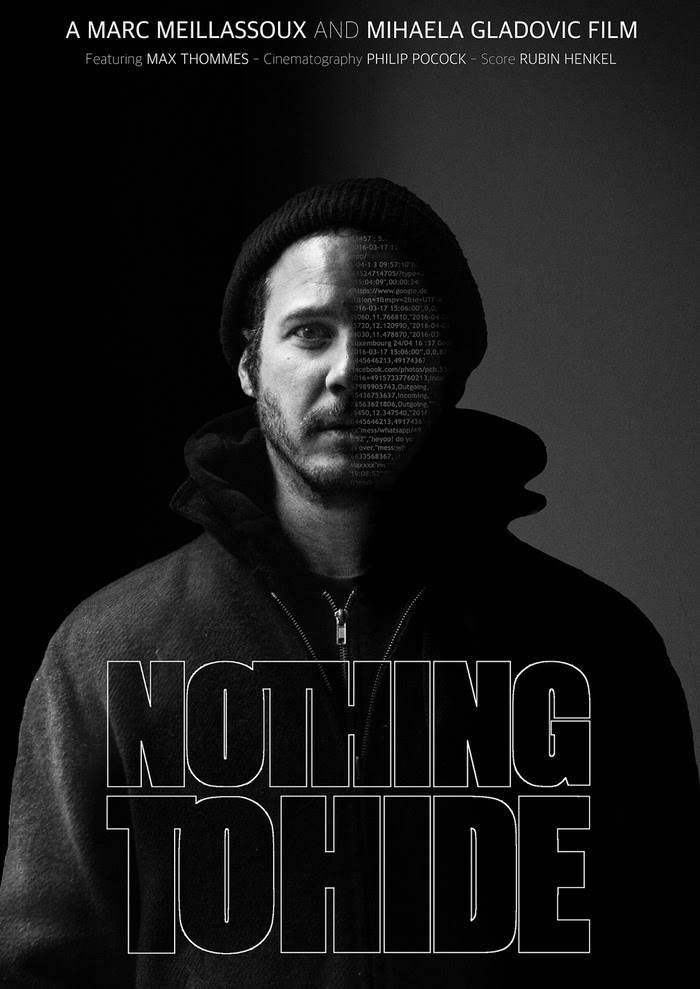This blog post is one of a series that highlights Media Services’ online streaming databases. More information and a full list of streaming databases is available here. Visit our department home page to discover the many ways we support teaching, research, and learning with both streaming and physical formats!
Technology in Movies: Real vs. Reel
In recent years, Hollywood has taken a shine to technology. Whether it’s hackers appearing in almost every heist or mystery movie now, artificial intelligence taking control of the world, or maybe robots that will eventually turn against us – we see its influence in almost every movie these days. But how realistic are these movies, anyway? Sure, it’s Hollywood – an industry that doesn’t shy away from exaggeration – but it’s still an interesting concept. In fact, some movies have even predicted the future pretty accurately.
In this post, we look at a few examples of technology seen in movies and their counterparts, if any, in real life. The post concludes with ways to explore technology, both the “reel” and the “real,” using Media Services’ online streaming platforms.
THE MATRIX (1999)
Let’s start with the big one – artificial intelligence, or AI. The best example of AI seen in movies is probably The Matrix, which is a phenomenal movie (when you finally understand it). In the movie, the world we live in is actually a computer program created by AI machines in the future.

It’s the year 2190, where the machines are farming humans as their primary energy source and placing human consciousness in the Matrix so that we don’t rebel. Obviously an unrealistic scenario, or maybe we are all in the Matrix and the machines want us to think that….
AI in real life – SIRI
Every single iPhone these days has Siri, our very own AI virtual assistant, and other personal devices have their equivalents. Helpful and intrusive, they can also be destructive, like when you ask it to find the best local restaurant but it texts your ex instead.

BLADE RUNNER (1982)
The Harrison Ford movie showcases the future “2019” as a dark, dystopian world with humans crammed into cities and living with genetically engineered android robots that look exactly like humans.

The city is saturated with technology, with huge screens blasting advertisements and news in every corner.
REAL LIFE
Well, it’s 2019 and there’s no sign of androids that look exactly like humans (then again, Jennifer Aniston hasn’t aged at all in like 50 years), but the movie was pretty spot-on in terms of the direction in which our infrastructure is going.

Digital billboards are everywhere now, replacing traditional posters and paper advertisements. Even daily news is delivered right to our smartphone. Unfortunately, Blade Runner was also accurate in predicting the overpopulation in cities today.
If the movie ends up predicting the future correctly, in 20 years we’ll have robots available to us to do whatever mundane task we order them to do.

That would be really cool, until they decide to rise against us with the destruction of the human race as their only goal. I mean, I would understand though – I would not want to be the robot in charge of cleaning the toilets in Taco Bell.
REAL LIFE
Robots are already a reality in 2019, from automated factory machines to humanoid robots that can do whatever tasks humans can do, but better. As technology continues to progress, we might actually see ourselves living the plot of I, Robot soon.

A sampling of Media Services streaming documentaries on the subject of human/robot interaction is available here. (The link takes you to an IUCAT results page for streaming video sources; from there, simply click on any title and then click on the Bloomington url in the item record. If not already logged in, you will be prompted for your IU login to begin viewing.)
Interested in learning more? Check out the 25 best tech movies of all time. Many of these titles are available at Media Services!
CONCLUSION
Movies haven’t been that far off in predicting the future. While the potential prospects of technology are exciting, it does lead to certain concerns as well. Applications of AI like Siri are undoubtedly convenient but little thought is given to what we are willing to sacrifice for that convenience. It’s well known that companies aggregate user data to track everything about us, from preferences to personal information and interests. Besides companies, governments have used advancements in technology to increase surveillance power on citizens as well. It can be challenging to keep up with developments in the privacy sphere, but being informed can help protect you, and IU Libraries offer lots of resources to do just that.

Nothing To Hide is a great documentary that questions the growing and confusing public acceptance of corporate and governmental intrusions into individual privacy rights. Access the book on which the film is based here, via IU’s subscription to E-Book Central.
Another great documentary is Zero Days (available through our Films On Demand streaming database), which covers malicious activities like computer viruses that can be perpetrated by unscrupulous people with bad intentions.
Streaming databases and other access options at IU: Spotlight on Alexander Street Press
There are a lot of ways to access these titles and more at IU. Alexander Street Press (ASP) is an online database for use by current IU students, staff, and faculty to stream a wide variety of learning, teaching, and research titles. Users can search ASP directly or via IUCAT (IU Libraries’ main catalog search tool—see instructions below*). ASP provides access to 30 online streaming databases containing music, film, documents, and more. Subject areas include, but are not limited to: Anthropology, Art & Architecture, Black Studies, Dance, Education, Fashion, Health, American and World History, LGBT, Music, News Archives, Nursing, Opera, Psychology, Theatre, Silent Film, Sports Medicine and much more. In other words, it’s a major (but useful!) rabbit hole, the Matrix “red pill” of online databases. Do you dare? DM
Dhruv Madappa is a Media Services student staff member pursuing a Masters in Cybersecurity at IU.
*IUCAT search instructions for online resources: Using IUCAT, you can search by title, subject area, etc., and then use the search limit menus (located on the left-hand side of the screen) to narrow your format to “streaming video.” If you prefer to see all online media options (such as digitized text, audio files, photographs, video, etc.), you can use the more general “online resource” category. Further tips, including a link to the Knowledge Base IUCAT entry, can be found here.
Leave a Reply